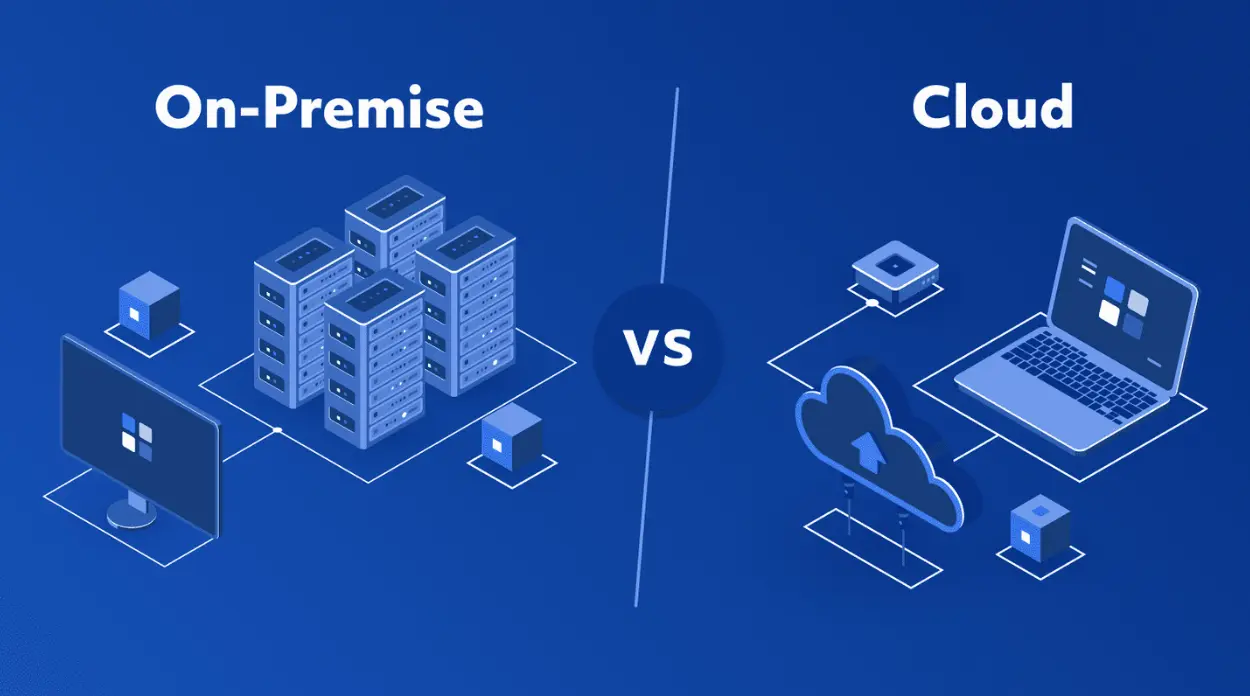There was a time when owning your own servers and racking them inside your glass-walled data center meant you were serious about business. It signified control, power, and prestige.
Fast forward to 2025: global scalability, instant redundancy, and “zero to production” in minutes is the new flex. Cloud is no longer a trend, it’s the standard. And yet, many organizations still hold on to their on-premise infrastructure like a security blanket.
So the real question is: is on-prem still worth it in a cloud-first world?
The Hidden Cost of “Control”
It’s easy to argue that owning your infrastructure gives you “control.” But that control often comes at a premium:
Hardware refresh cycles every 3–5 years.
Expensive power and cooling requirements.
Physical security vulnerabilities.
Disaster recovery that’s dependent on local failovers (if you’re lucky).
Now add staffing costs, license management, and compliance maintenance, and you’re spending hundreds of thousands just to keep the lights on, literally.
Compare that to a scalable cloud infrastructure that automatically adjusts to usage, automates compliance patches, and offers global failover by default.
For growing companies, the cloud isn’t just cheaper, it’s smarter.
When On-Prem Still Makes Sense
That said, there are still valid reasons to stay hybrid or partially on-prem:
Ultra-low latency requirements (e.g., high-frequency trading).
Air-gapped environments for national security or regulatory isolation.
Legacy application dependencies that would cost millions to re-architect.
Even then, companies are increasingly using containers and microservices to isolate those systems while migrating the rest to modern environments like Azure or AWS.

Rethinking Risk
One of the biggest holdbacks we’ve heard from enterprises is fear: What if the cloud fails? What if costs spiral? What if we lose control?
The truth is, with proper planning, cloud reduces risk, not increases it.
A misconfigured firewall on-prem is just as dangerous, if not more so, than in the cloud. What’s different is that in cloud-native environments, these risks are easier to detect, faster to fix, and more auditable.
That’s why enterprises from manufacturing to healthcare are embracing modern platforms with built-in observability and self-healing architecture.
The Sustainability Argument
An overlooked point in this debate: carbon footprint. Data centers are among the world’s most energy-hungry infrastructures.
Cloud providers like Microsoft, Google, and AWS have invested billions into energy-efficient hyperscale data centers. For environmentally conscious businesses, shifting workloads to the cloud isn’t just smart tech, it’s sustainable business.
The Real Decision
Ultimately, the question isn’t “Cloud or On-Prem?”, it’s “Are we optimizing for future growth or clinging to the past?”
If your organization is still debating this, it may be time to assess your infrastructure objectively. Start with a workload analysis. Break down what can be rehosted, replatformed, or retired. Cloud doesn’t have to be all-or-nothing, but standing still is rarely the winning move.
Explore how companies like yours are making the shift in our Cloud Services section or discover how we migrated a leading insurer to Azure.

